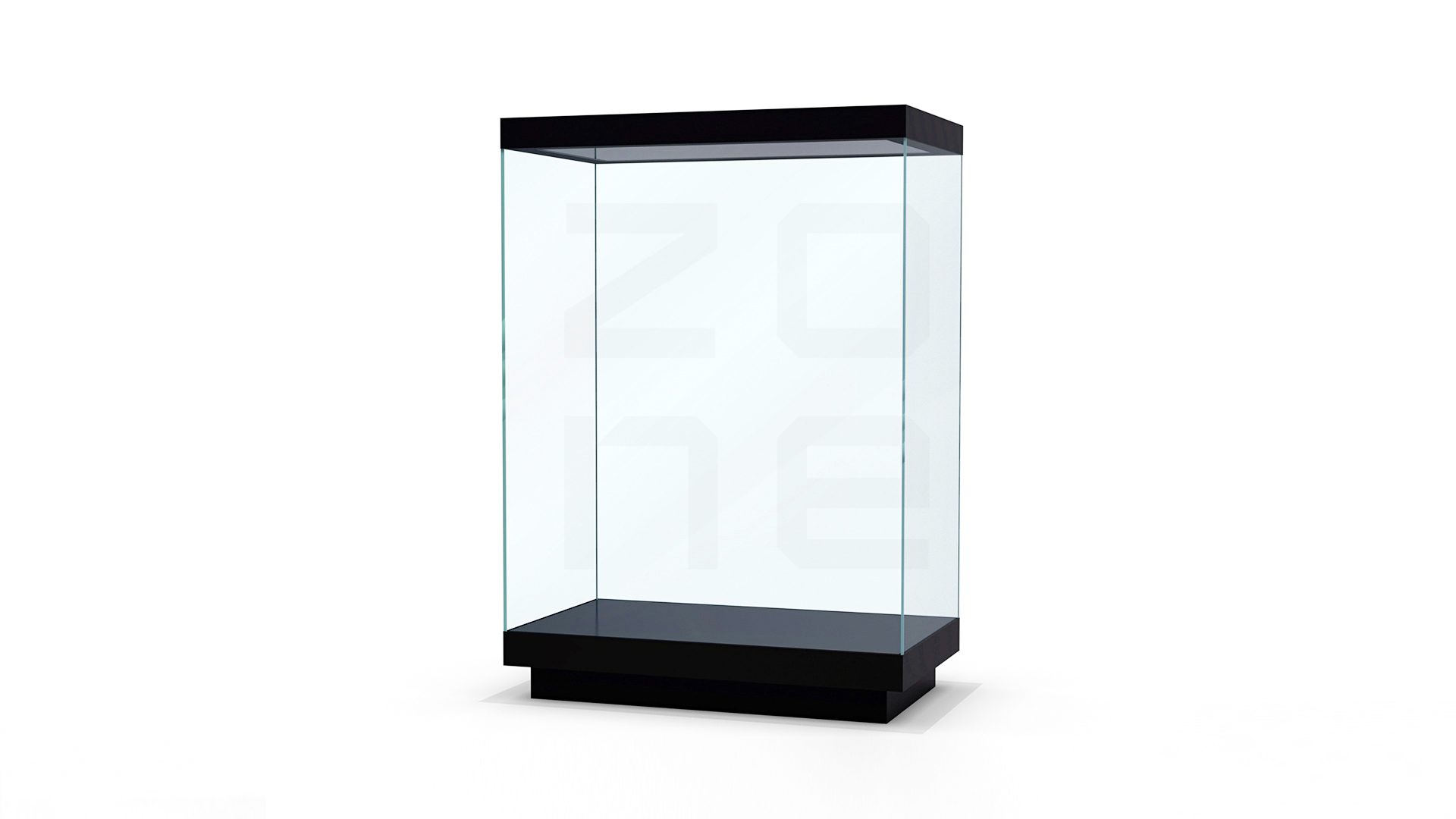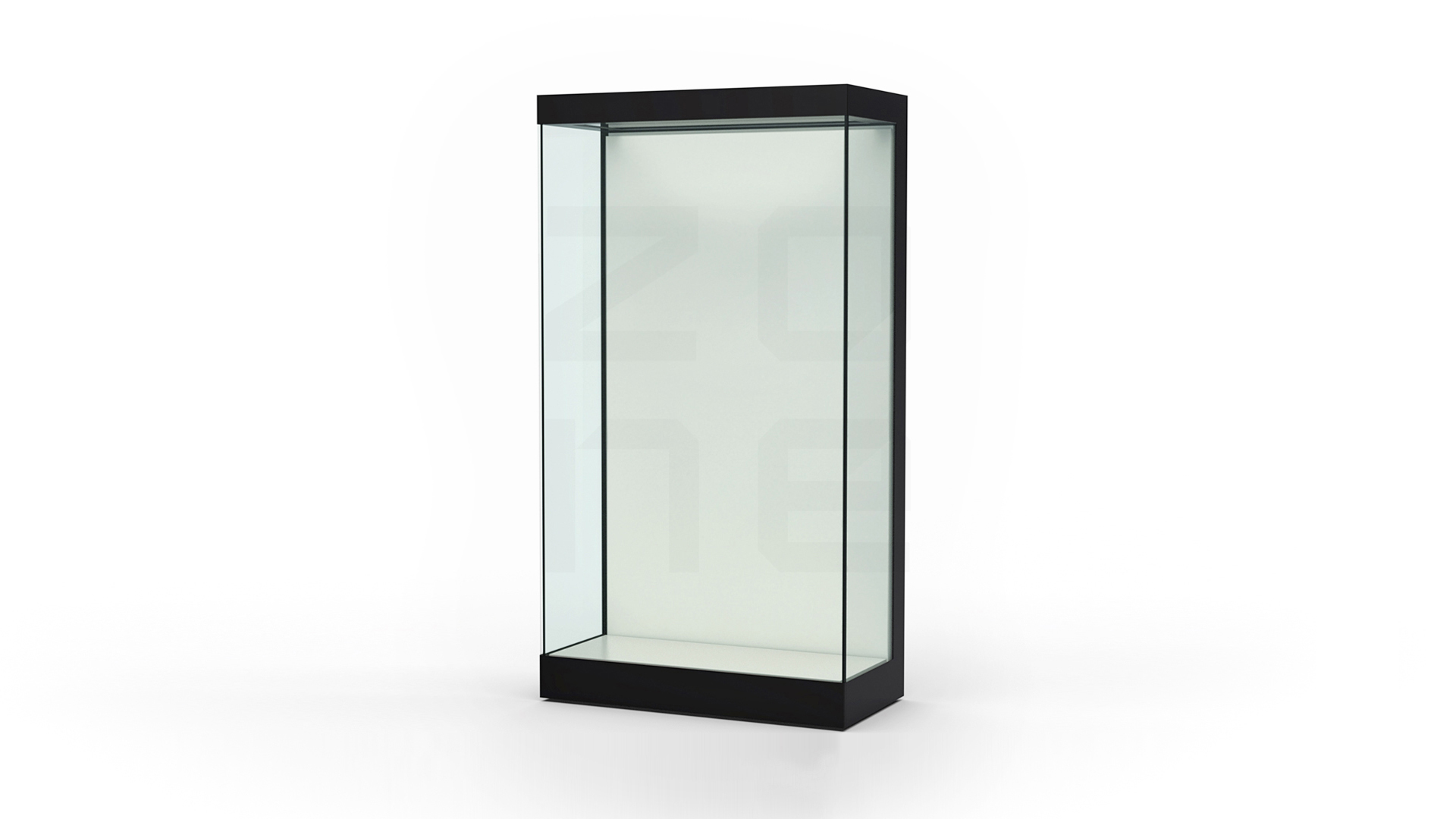Henry Ford Museum
Location20900 Oakwood Blvd, Dearborn, MI, USA
Type(s) of establishment
Type Rotating exhibitions
Collection Violins, clothing and coverlets

The Henry Ford Museum, Dearborn, Michigan, USA
Each of these cases are called a Collection Platform. The Henry Ford has several of them throughout the museum in transitional/interstitial areas.
They aim to bring their less seen but important collections into view that don’t necessarily have a home in the permanent exhibits.
Some cases have content that rotates 3-4 times per year.

Art Pottery
This case displays a variety of art potteries from the late 19th century through the 20th century.
Many young women were encouraged to decorate blank pieces of china until the end of the stylish art pottery era after World War II, when art pottery was viewed as old-fashioned.

Violins
This case highlights Henry Ford’s collection of classical violins. He enjoyed fiddling as a young man and took up the practice again later in his life.
By this time, he was able to afford the centuries-old Italian violins seen here.

Coverlets
This case highlights pre-civil war coverlets.
The weavers who created the intricate American expressions took advantage of a Jacquard loom, introduced to America from France in the 1820s.

Clothing
This case highlights different clothing pieces from their collections.
Rotating throughout the year, pieces are selected around a larger theme to celebrate how “What we Wore” defined, influenced, or represented through American history.
Challenge
The cases that have been designed and installed at the Henry Ford are on the larger scale. These freestanding units use large glass panels and high bases. The all-glass models are particularly challenging because the glass panels become structural and must hold an extremely heavy steel top with complete and flexible lighting and cable hanging systems to accommodate their rotating exhibitions.



Our Solutions
The use of thicker glass with reinforcements have been the solution to counterbalance the weight of the top structure on the glass panels.
Design alterations and adjustments combined to in-house pre-assembly, testing and security control are also necessary to assure stability and strength in such scenarios.
Flexible cable and lighting systems on tracks are ideal for their changing exhibits.

